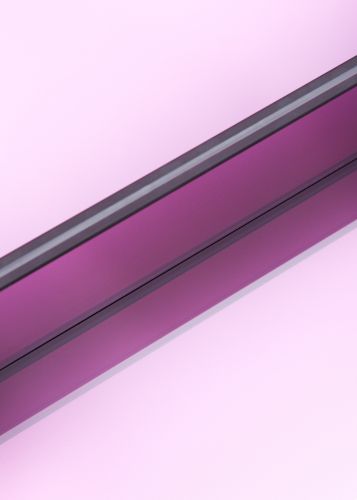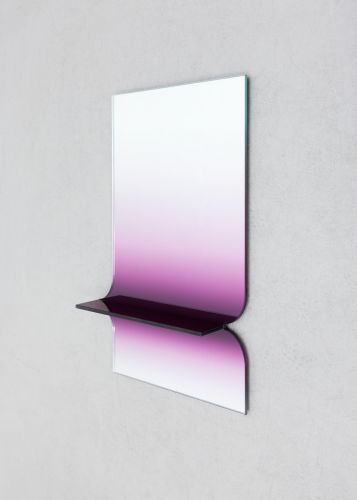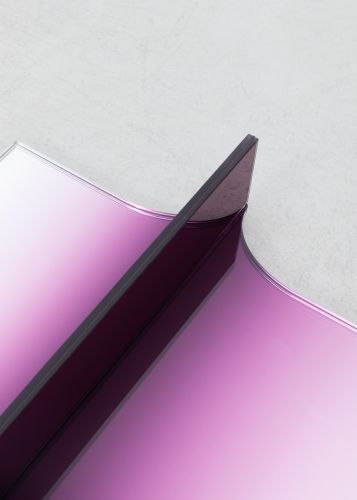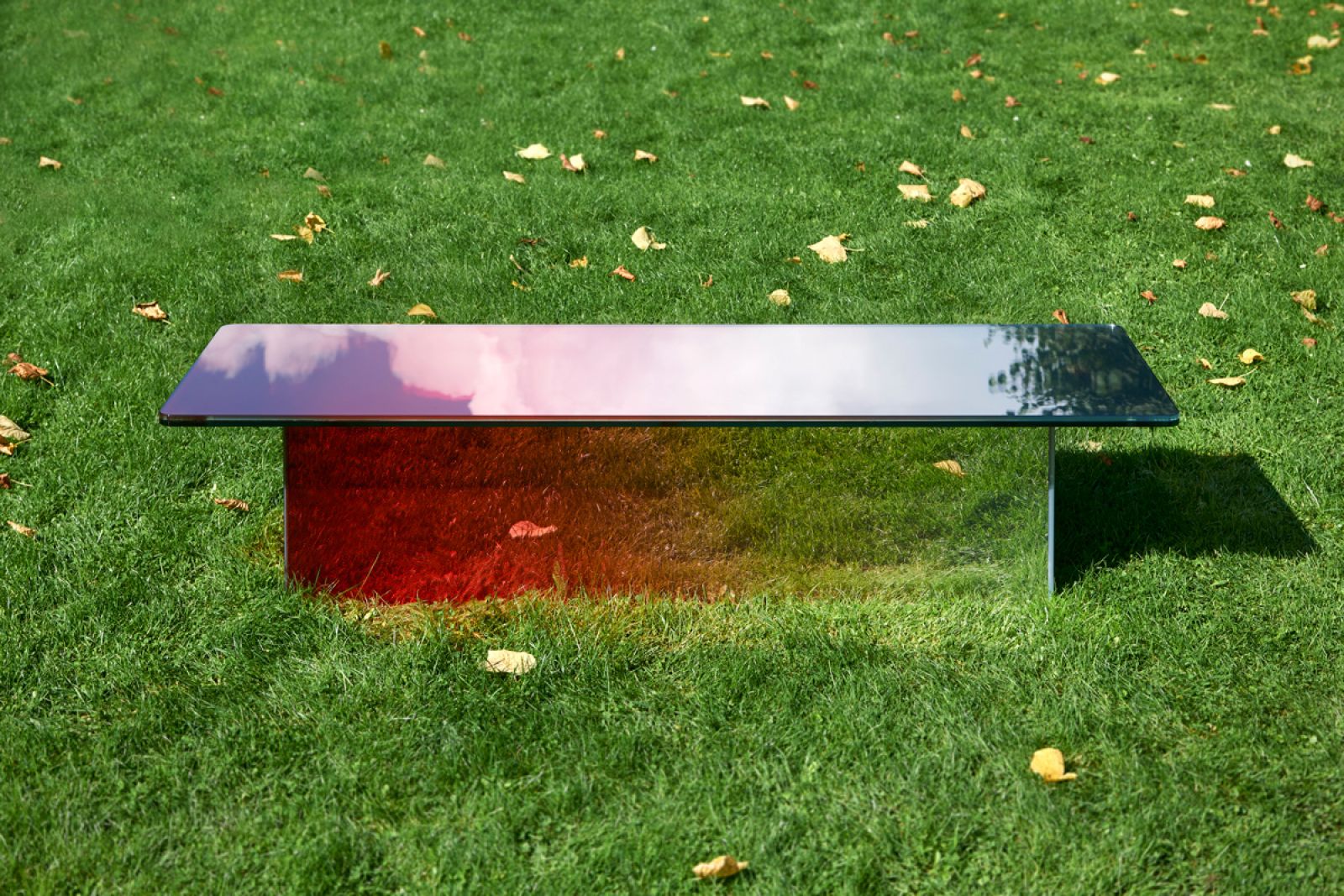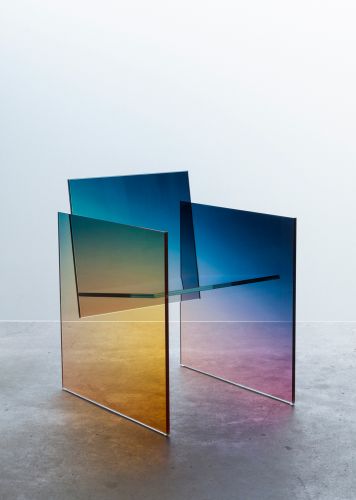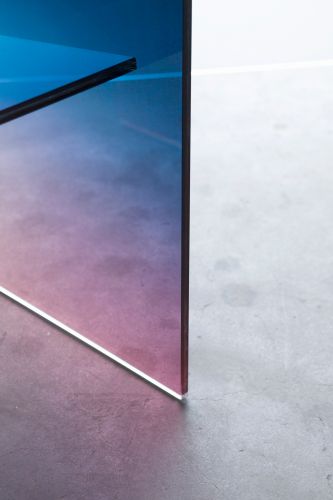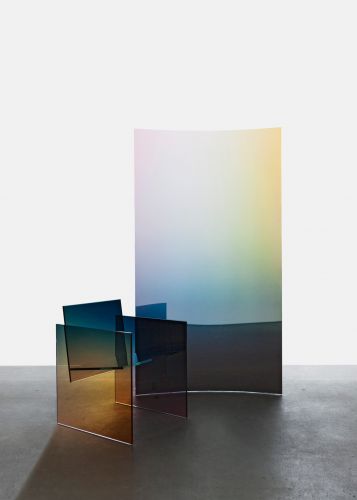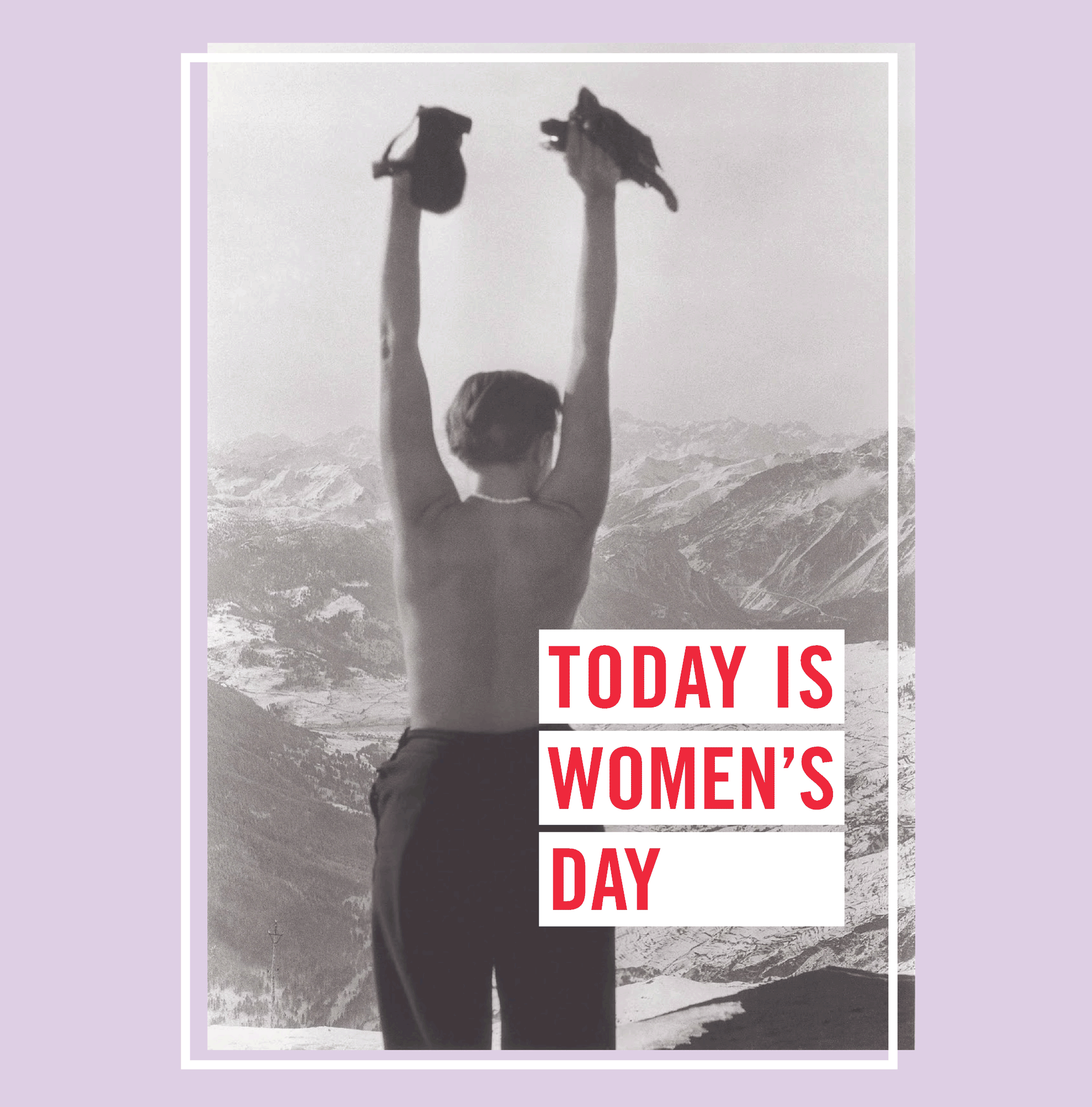sponge
The fact that Ermičs now gives interviews to big design magazines and gets asked to collaborate on a project by design diva Rosanna Orlandi is not self-evident considering his biography. He was born in 1985, in Riga, the capitol of Latvia. His father was a carpenter. As a child, he mucked around in the workshop, but as a teenager, computers pointed the way to graphic design. ‘In high school, I designed posters and cd-covers for classmates. In 2007, I started the magazine Veto with my friends. We focussed on bands and young creators, all of it flew under the radar of the big public. Without any experience or money, we made an issue every two months. I haven’t been the art director for a while now, but the magazine still exists.’ Ermičs is just a little older than the independence of his home country. Latvia cut itself off from the former Soviet Union in 1991. ‘There was freedom, but from a cultural standpoint we were living in a vacuum,’ he says. ‘There wasn’t a lot to do in Riga. The only artistic references we had were a kind of 1920s Romanticism or – even further in the past – pre-Christian mythology. And of course, the Social Realism of the communists. When the borders opened and Western influences came pouring in, I sucked it all up like a sponge. MTV made an impression, when it was still cool. The Internet was like a candy store. ’Studying design for half a year at the University of Riga was enough to reach the conclusion that Latvia didn’t have what Ermičs was looking for. The study was completely technical and he wanted to be something other than an engineer. Latvia was part of the EU by then, making travelling much easier. Ermičs departed to Denmark for a pre-study and learned about Dutch Design there. ‘My mind was blown,’ he states bluntly. ‘At that point I knew: I want to go to the Design Academy in Eindhoven, and I’m going to study communication design there. I did an internship at Rasmus Koch Studio in Kopenhagen, and on my last day I had a conversation with Rasmus. He asked me: “Why do what you already know? Do something different.” I took that advice to heart, and in Eindhoven I studied interior. That wasn’t always easy, teachers usually paid more attention to the book I made with an object than to the object itself. But it did lead to my present, hybrid work process. I turn two-dimensional ideas into three-dimensional objects.’
